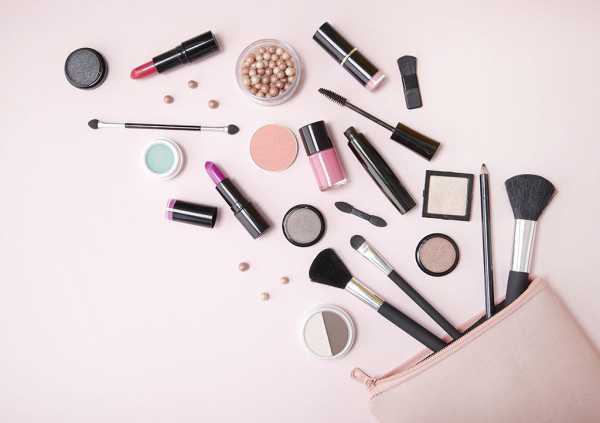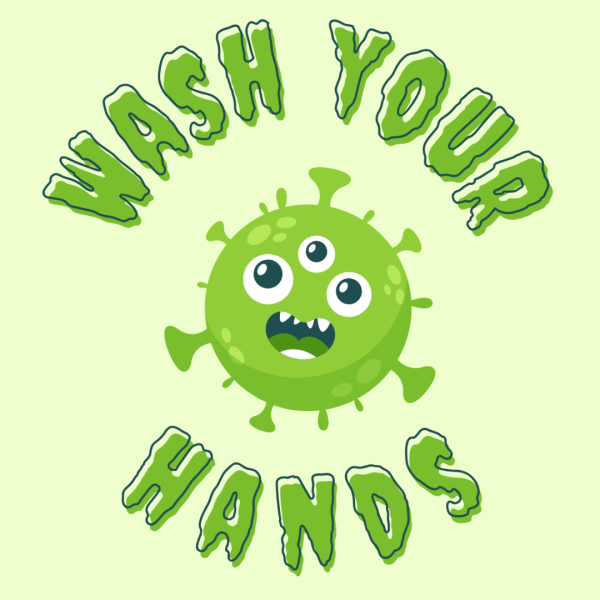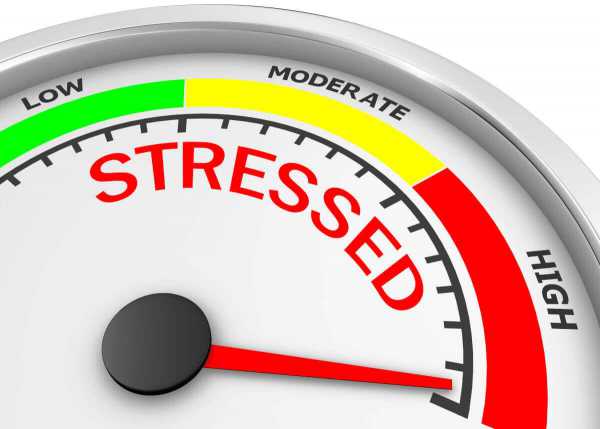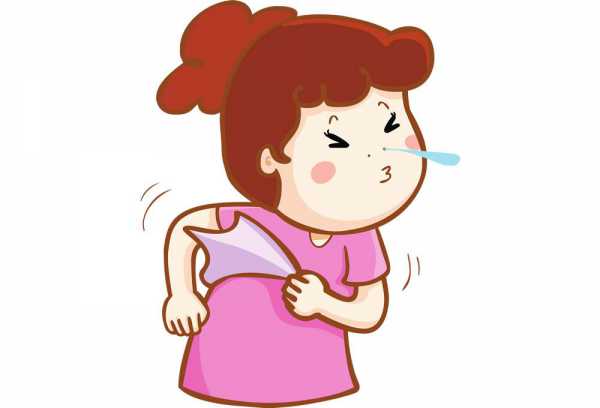Days of Remembrance Bridal & Quince
We are your One Stop Resource for Tuxedos, Weddings, Quinceaneras, Sweet 16, Dresses, Hall, Outdoor Venue, Photography and Florists in El Paso, TX.
Contact Us
-
2200 N. Yarbrough Dr. Ste G, El Paso, TX 79925
(inside Montwood shopping center) - Email us
- (915) 740-4349
- (915) 252-4411
Dental Tips
- Home
- Aurora's Notes
- Dental Tips
Generated on December 30, 2025 @ 06:43:34 AM by Guest on Days of Remembrance Bridal & Quince
Oral Hygiene Instructions
After eating, the bacteria (or plaque/sticky stuff) remains on the teeth. If not removed by brushing and flossing within a 24-hour period, the plaque becomes hard and turns into tarter and calculus. Tarter and calculus cannot be removed by brushing or flossing, and will cause your teeth to decay and form cavities.
In order to prevent cavities, brush and floss regularly and be sure to visit your dentist every 6 months for a professional cleaning and check-up. The dentist will make sure your mouth and teeth are clean and healthy!
Brushing
Using a soft toothbrush, hold the toothbrush at a 45-degree angle. Gently move the brush back and forth in short circular strokes. Keep the brush against the gum line. Repeat the motion on the inside surfaces of the teeth as well as the chewing surfaces. Proper angle of the brush is very important! You want to brush the area where the tooth meets the gums. If, within a few weeks, your toothbrush looks like you have sat on it, you are pushing too hard. Remember brush twice a day for 2 minutes each time. Try brushing to your favorite song!
Brushing Calendar
Looking for ways to encourage healthy dental habits? Click on the calendar below to print one. Hang it in the bathroom and add a star each time brushing is completed, AM and PM!
Flossing
Start with a long piece of floss (approximately 18 inches); wrap the floss between your two middle fingers. Hold the floss tightly between your thumb and forefinger and leave about an inch of floss. Use a gentle back and forth motion to guide the floss in between your teeth until you meet resistance. Bend or curve the floss into the shape of a “C” around one tooth and then the adjacent tooth, until all teeth are finished. Remember to floss every day!
Toothpaste
When choosing toothpaste be sure to choose one that contains fluoride and has been approved by the American Dental Association. Supervise small children and only use a pea-sized amount of toothpaste.
Popular Topics
Popular Posts
Related Posts
- Gabi Pacheco
Proper Dental Care Prevents Many Problems
Proper Dental Care. The effects of poor dental care range from tooth decay and cavities to gingivitis, periodontitis, and tooth lo...
- Gabi Pacheco
What to do for a teething baby
It’s officially that time for your baby! Don’t worry; all parents get through this… so can you! Here are some simple tips and tricks ...















